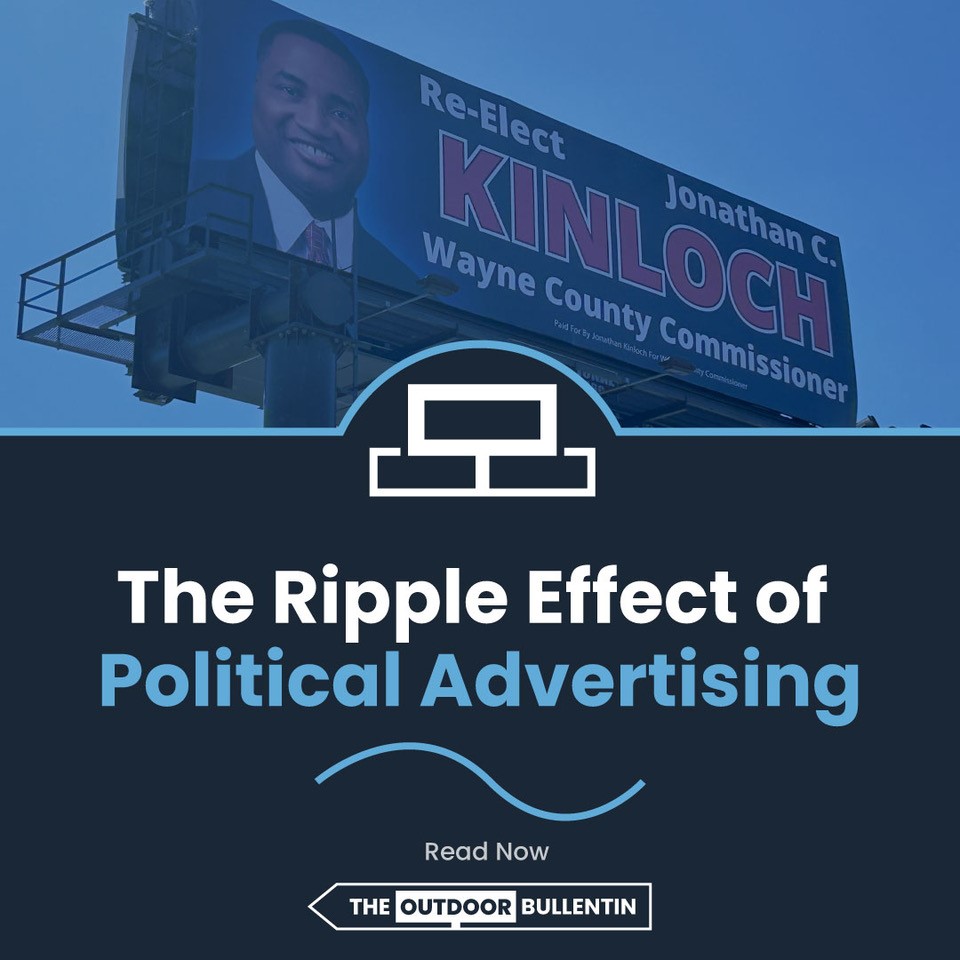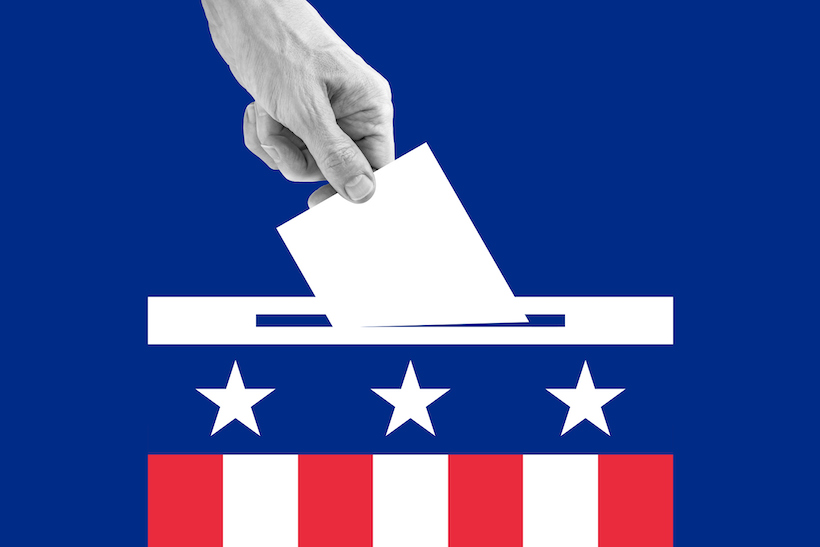In today’s fast-paced advertising world, creative design has become the cornerstone of effective billboard campaigns. While factors like targeting, reach, and brand awareness play important roles, it’s the power of a compelling creative that truly makes or breaks a campaign. Now, in an era where customization and precision are at the forefront, the quality of the creative especially stands out as a decisive element in driving success.

Nielson conducted a study in 2017 that looked closer at the various factors that contributed to sales. Remarkably, they found that a company’s creative accounted for 47% of what drove sales during their study. The closest element after creative was reach, which came in at 22%.
Elements of a Good Creative
Creating a standout billboard isn’t just about making something pretty—it’s about making something effective. While personal taste matters, some principles consistently enhance billboard advertising:
High Contrast: Helps your ad stand out and be readable from a distance.
Concise Messaging: Keeping the message to 5-7 words makes it quick to grasp.
Clear Imagery: One strong, clear image captures attention and conveys your message fast.
The Science Behind an Effective Creative
Understanding how people think and behave can boost your billboard’s impact. Research shows that our brains process images 60,000 times faster than text. Consequently, a billboard with a strong visual component will likely leave a more lasting impression than one loaded with text.
Where and when you place your ad also matters. Billboards on busy highways during rush hour can captivate a stuck-in-traffic audience, making your message more memorable. Using real-time data to tweak your message based on the time of day, weather, or current events can further increase engagement.
Case Studies: Success Stories
Consider Coca-Cola’s “Share a Coke” campaign. By personalizing bottles with common names and encouraging people to find their names, Coca-Cola created a fun and engaging experience. This strategy, when applied to billboards, generated huge buzz and boosted sales.
Or think about Apple’s minimalist billboard designs. With high-contrast images and minimal text, Apple’s ads are instantly recognizable and convey a sense of elegance and innovation, strengthening the brand’s identity.
Conclusion
While many factors contribute to an advertising campaign’s success, creative design remains crucial. A well-designed billboard can significantly enhance a campaign’s effectiveness, driving better results and higher sales. By sticking to proven design principles, understanding consumer psychology, and leveraging advanced technologies, advertisers can create compelling billboard ads that truly stand out and resonate with their audience.














